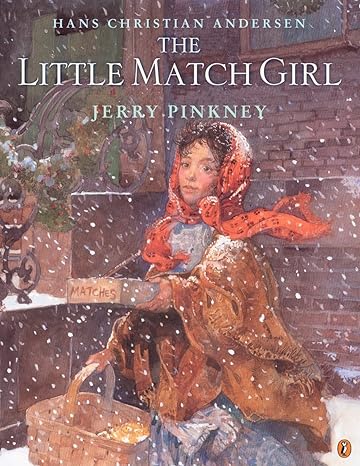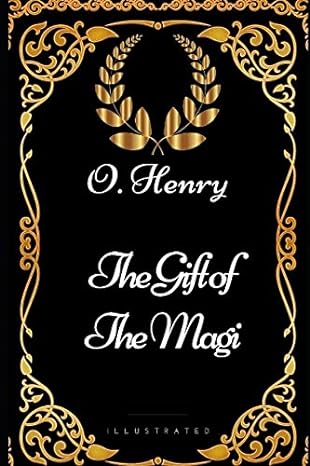
Yuletide Imagination:
Crafting Holiday Short Stories
While this is posting in the new year, I just had to bring it up. Christmas short stories need to be written with the holiday spirit still nestled in your heart and mind. And while you didn’t have time to do it in December, maybe the early months of Jan and Feb are a perfect time to share for next Christmas/Kwanza/Yule/Feast Day.
Amidst the twinkling lights, the scent of freshly baked cookies, and the joyous laughter of loved ones, the holidays provide a perfect backdrop for storytelling. As the world transforms into a winter wonderland and hearts brim with warmth and anticipation, there’s a unique magic in the air—a magic that makes holiday short stories come alive. In this blog, we’ll embark on visiting writing craft areas you want to know to make an engaging and authentic short story set during the holiday season, exploring the art of infusing the festive spirit into words and weaving narratives that capture the essence of this special time of year.
With so many examples of Christmas short stories, you would think it’s an easy thing to write. We have A Christmas Carol by Charles Dickens, The Gift of the Magi by O. Henry, The Little Match Girl by Hans Christian Andersen, and The Snow Queen by Hans Christian Andersen to name a few. Of course, we can’t have Christmas without the movie adaptations of The Polar Express by Chris Van Allsburg, Miracle on 34th Street by Valentine Davies, and The Greatest Gift by Philip Van Doren Stern. It’s a love fest of feeling good, delight, and food extravaganza all in one holiday. But truly the best stories are based on being authentic.
Here are some areas you might want to research to make your holiday short stories more engaging and authentic:
Holiday Traditions: Explore the customs, rituals, and traditions associated with the specific holiday you’re writing about. Research how people celebrate, the foods they eat, the decorations they use, and the activities that are common during that holiday. I’m a foodie so I’m always looking at the feasts of the season.
-
- The USA normally eats roast turkey or ham.
- The UK normally eats roast turkey or goose.
- Italy in the south enjoys the Feast of the Seven Fishes
- France eats oysters, foie gras, roasted meats, and Bûche de Noël.
- Spain might eat roast lamb, seafood, and a variety of Spanish sweets.
- Mexico will enjoy Tamales and Pizole
- Germany enjoys roast goose, sausages, and red cabbage.
- Sweden feasts on herring, gravlax (cured salmon), meatballs, and “Glogg,” a spiced mulled wine.
- Greece dine on roast lamb, “Spanakopita” (spinach pie), “Kourabiedes” (butter cookies), and “Melomakarona” (honey cookies).
- Japan enjoys KFC Christmas Chicken
Cultural Significance: If your holiday story is set in a specific culture or region, research the cultural and historical significance of the holiday in that context. Understanding the cultural background will help you infuse authenticity into your story.
For example:
-
- In the USA many families decorate Christmas trees, exchange gifts, and enjoy festive meals.
- In the UK cultural background involves the lighting of advent candles, carol singing, and the nativity story.
- The Christmas tree, or “Tannenbaum,” is believed to have originated in Germany and remains a central tradition.
- In Italy, the nativity scene, or “Presepe,” is a key Christmas tradition.
- Spain’s Christmas celebrations include elaborate nativity scenes, known as “Belén.
- In Mexico, Christmas season is marked by the “Posadas,” a reenactment of Mary and Joseph’s search for lodging.
- In Sweden, St. Lucia’s Day on December 13th is a central part of Swedish Christmas celebrations, with processions of young girls wearing crowns of candles.
- In Greece, the Christmas traditions include the lighting of a large, decorated ship as a symbol of Christ, known as the “Karavaki.”
- Japan sees Christmas time as a romantic holiday, and couples exchange gifts and enjoy special meals.
- Ethiopians celebrate Christmas on Jan 7th, known as “Ganna” or “Lidet,” which includes church services, feasting, and a special bread called “Dabo.”
Holiday History: Research the origins and history of the holiday. There is Christmas, Kwanza, Boxing Day, Hanukkah, St. Stephen’s Day, Epiphany (Three Kings’ Day), Bodhi Day, and Winter Solstice. Not to mention the varieties of New Year’s Eve and New Year’s Day. Knowing why and how the holiday began can provide valuable context for your story.
Fictional Elements: Depending on the genre, you might need to research fictional or supernatural elements related to the holiday. For example, if you’re writing a Christmas story with magical elements, you could research folklore related to Christmas elves or other mythical creatures.
- Emotional Themes: Consider the emotional themes associated with the holiday. Holidays often evoke feelings of joy, nostalgia, family, or introspection. Researching the emotional aspects can help you capture the mood and tone of the holiday.
- Contemporary Issues: Think about how contemporary issues, such as social or environmental concerns, might be relevant to your holiday story. This can add depth and relevance to your narrative.
- Literary Influences: Study classic holiday stories and literature related to the holiday you’re writing about. Understanding the conventions of holiday storytelling can help you create a fresh and unique story.
- Audience Expectations: Consider your target audience and what they might expect from a holiday story. Researching the preferences and expectations of your readers can help you tailor your story to their tastes.
Remember that while research is important, your creativity and unique perspective are equally vital in crafting a memorable holiday short story. Combining research with your own imaginative storytelling can result in a holiday narrative that resonates with readers.
Probably writing the story before the holiday season’s enchantment arrives may make the writer feel less than jolly. However, if your short story embodies the warmth, wonder, and magic of this special time of year you’ve achieved what you set out to do. Remember that the gift of storytelling is one of the most treasured presents you can offer. Whether your narrative is infused with the joy of Christmas, the reflection of Hanukkah, or the celebration of any other festive occasion, your words have the power to touch hearts, kindle spirits, and create enduring memories. So, as you write your own storytelling adventure, may your holiday short stories become cherished traditions, sharing the essence of the season with readers around the world.
To wrap up this blog, remember that the Christmas hook of your novel is your opportunity to snag a reader’s attention and make a strong impression to engage emotions, corner curiosity, and expand the imagination, making the person enjoying the read eager to journey deeper into your story to find out what happens next. Get busy on the Christmas shorts for next year and you’ll be surprised how many publishing people are willing to read them well into May. They need to prep the books for next year, early.
I want to give a quick shout-out to PLOTTR software. I’ve found it has really improved my writing game and increased my efficiency tremendously. It is my new favorite writing aid. Use any of my affiliate links below and I might get a small commission. Thanks.
Check out my YouTube channel for PLOTTR videos @jlnichauthorsff
Joseph Michael’s Learn Scrivener Fast e-course
Please read and review my serial publishing novel, Sparrow’s Legacy, on Kindle Vella. You can read the first three chapters free on Amazon by searching for “Sparrows Legacy Kindle Vella” or clicking here. I. Please subscribe to my website if you want to be notified when I’ll be publishing or to get free samples of my work.
JL Nich, Science Fiction Fantasy Author



